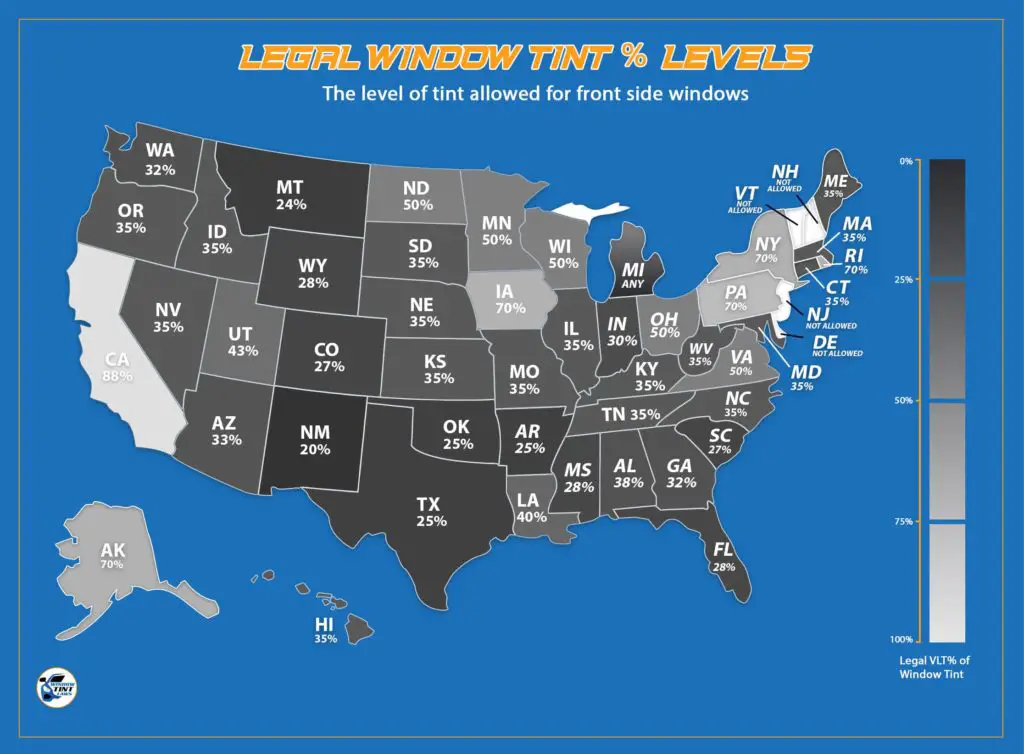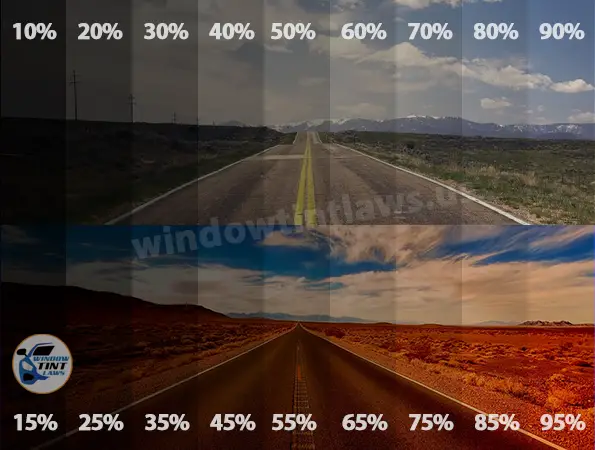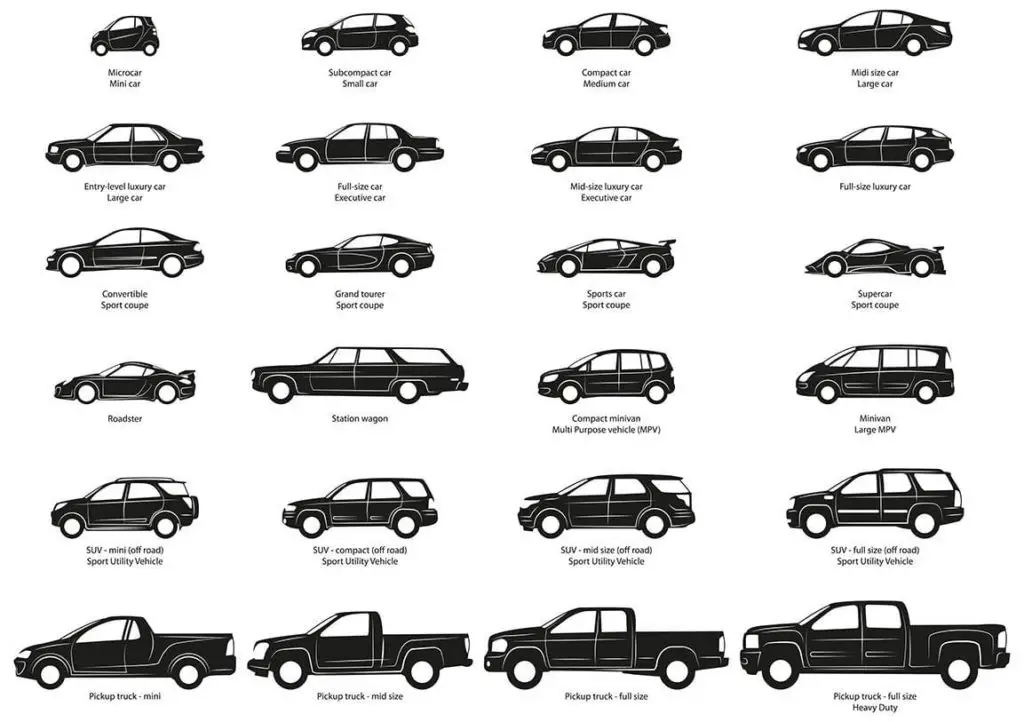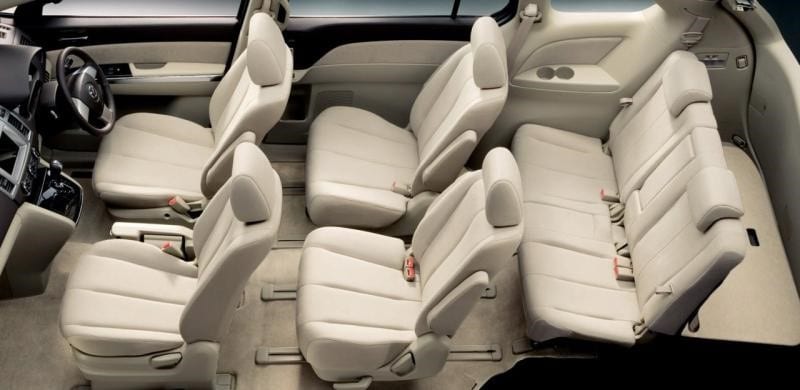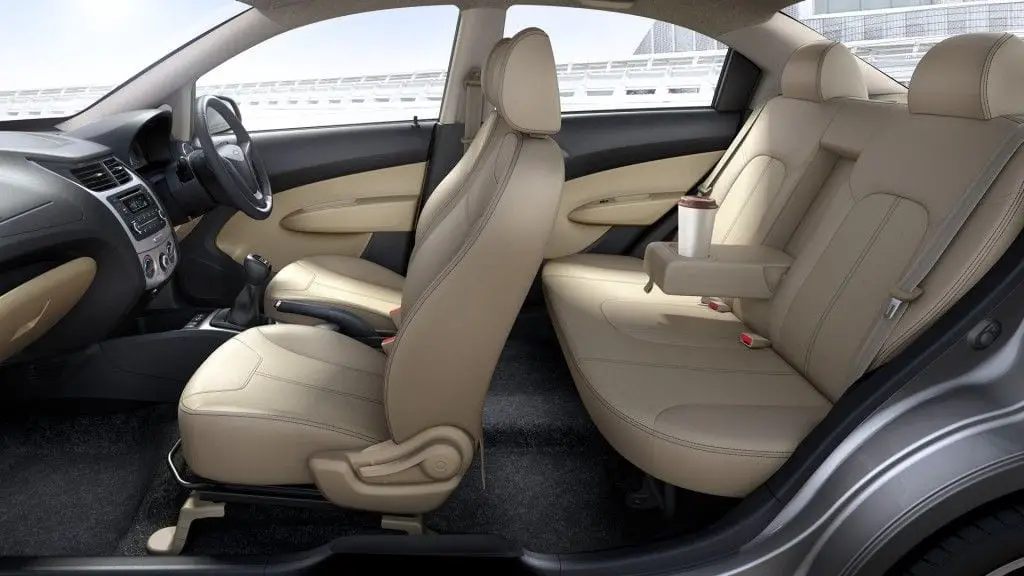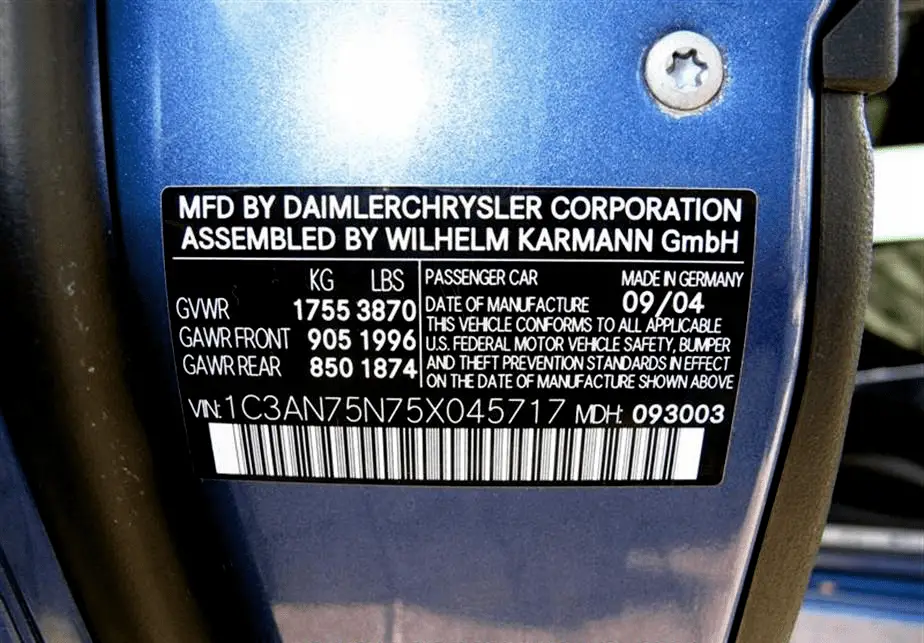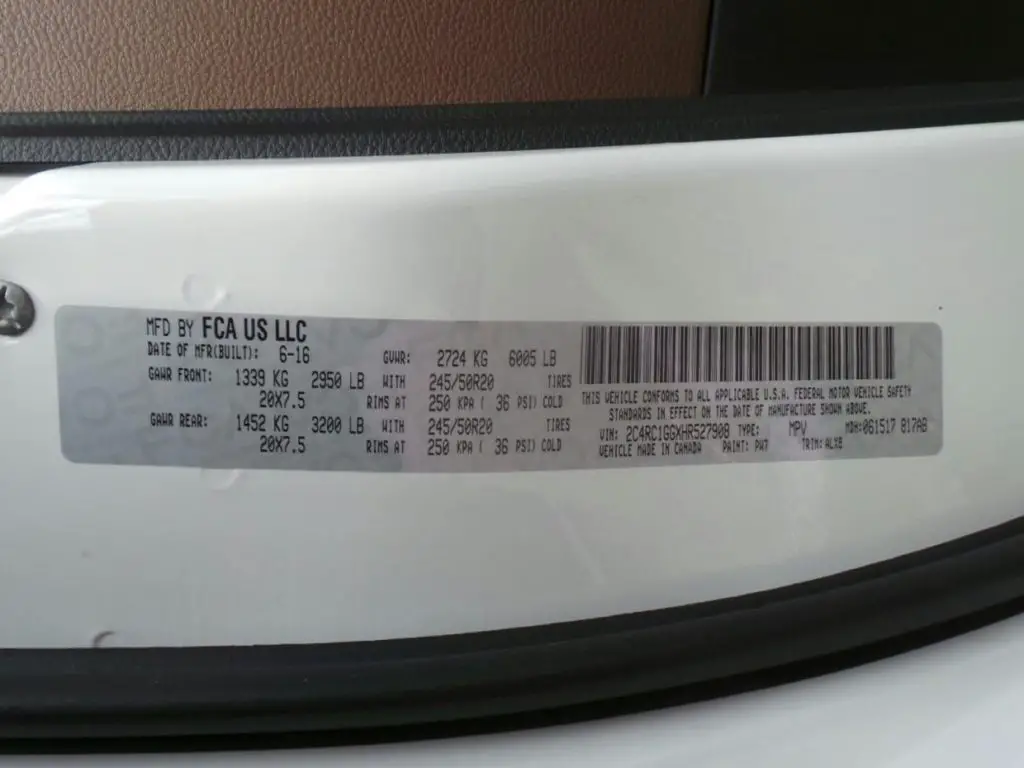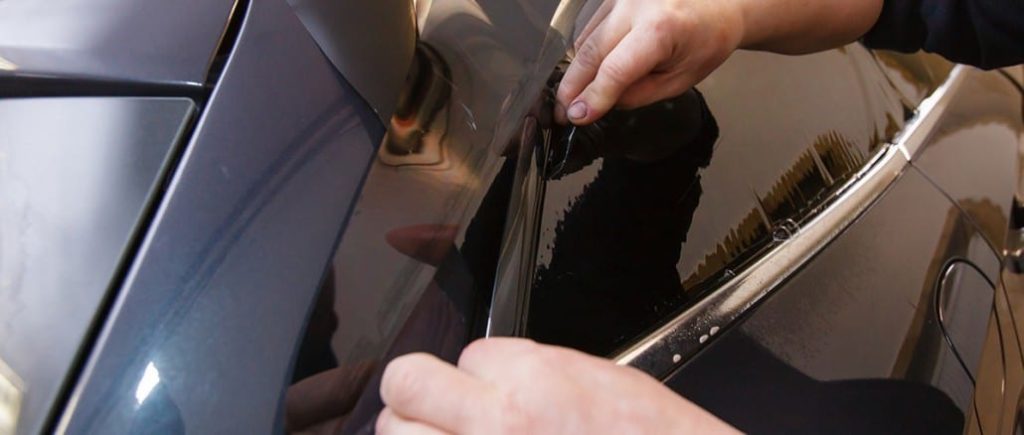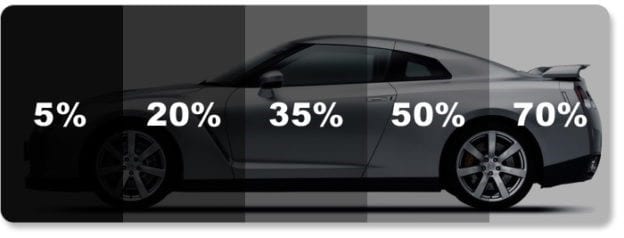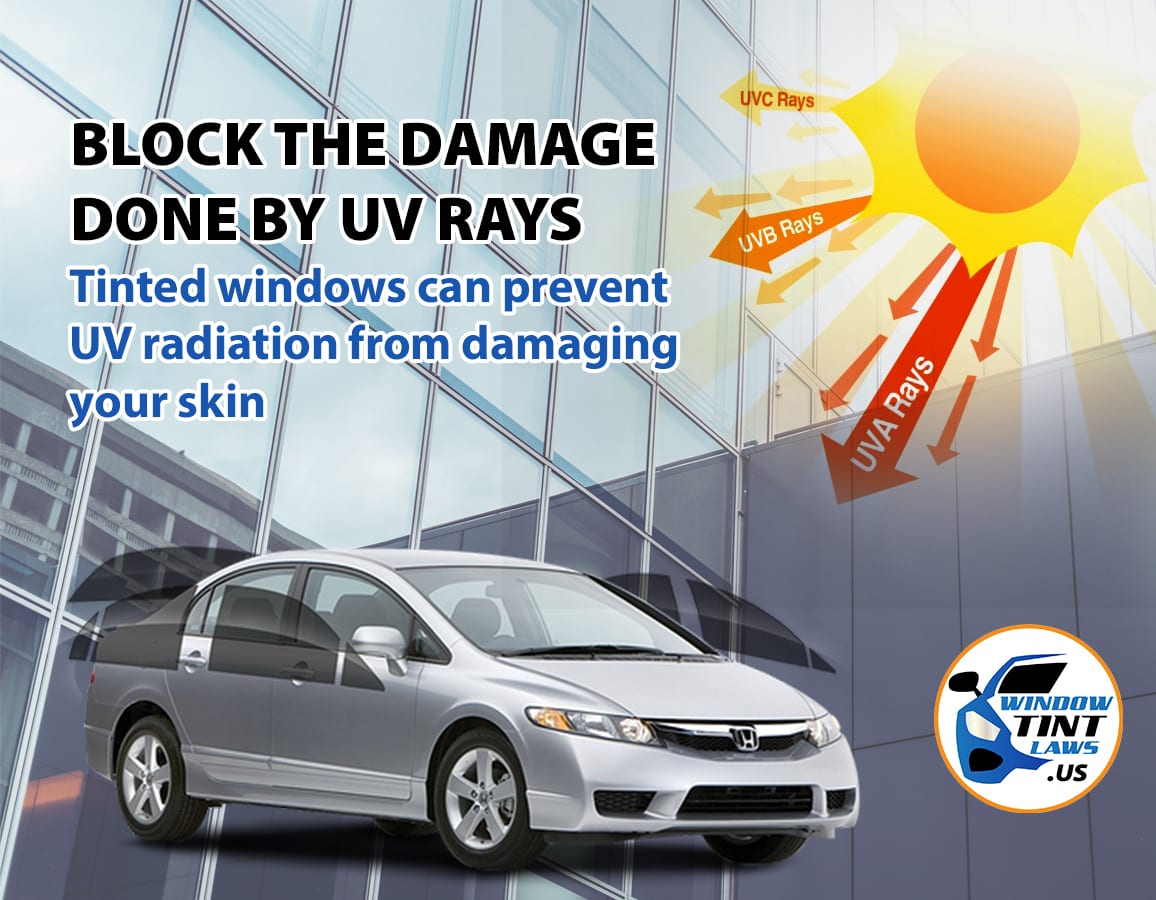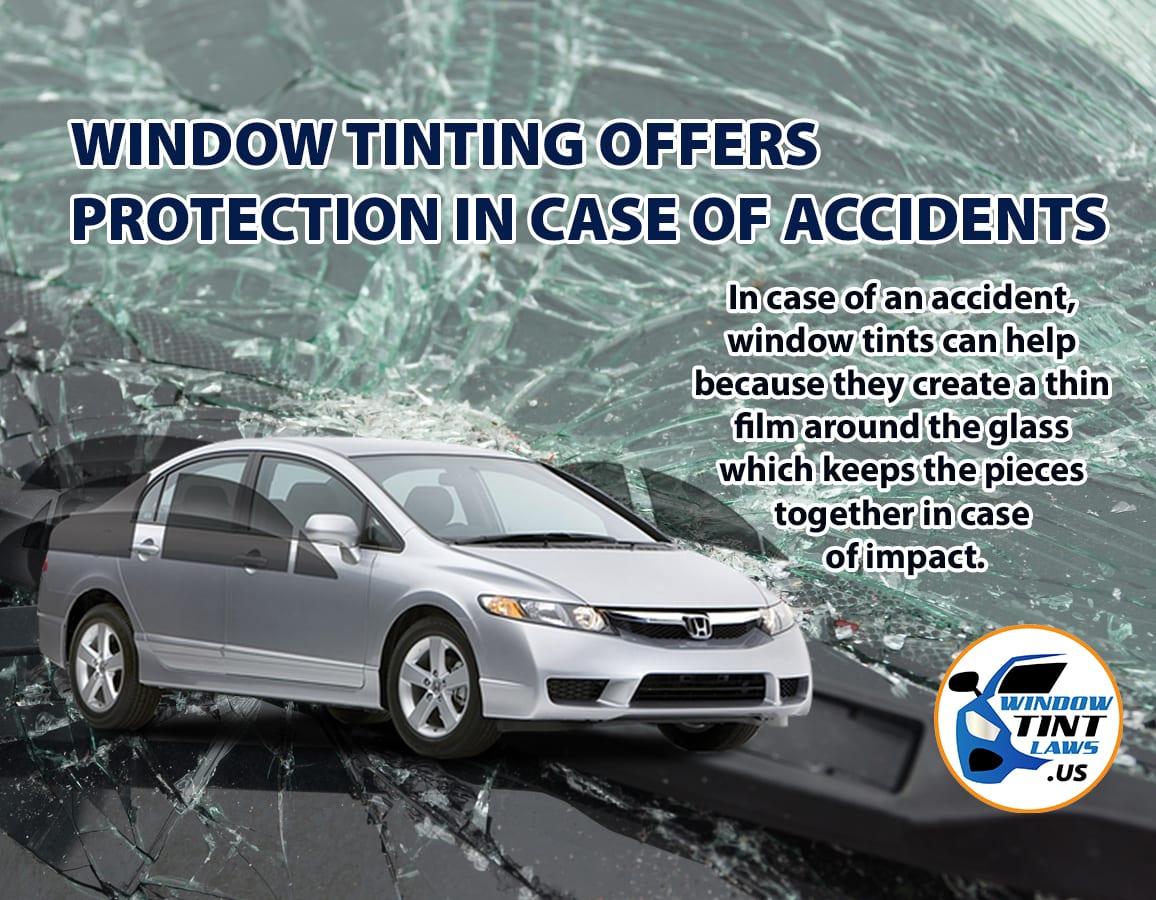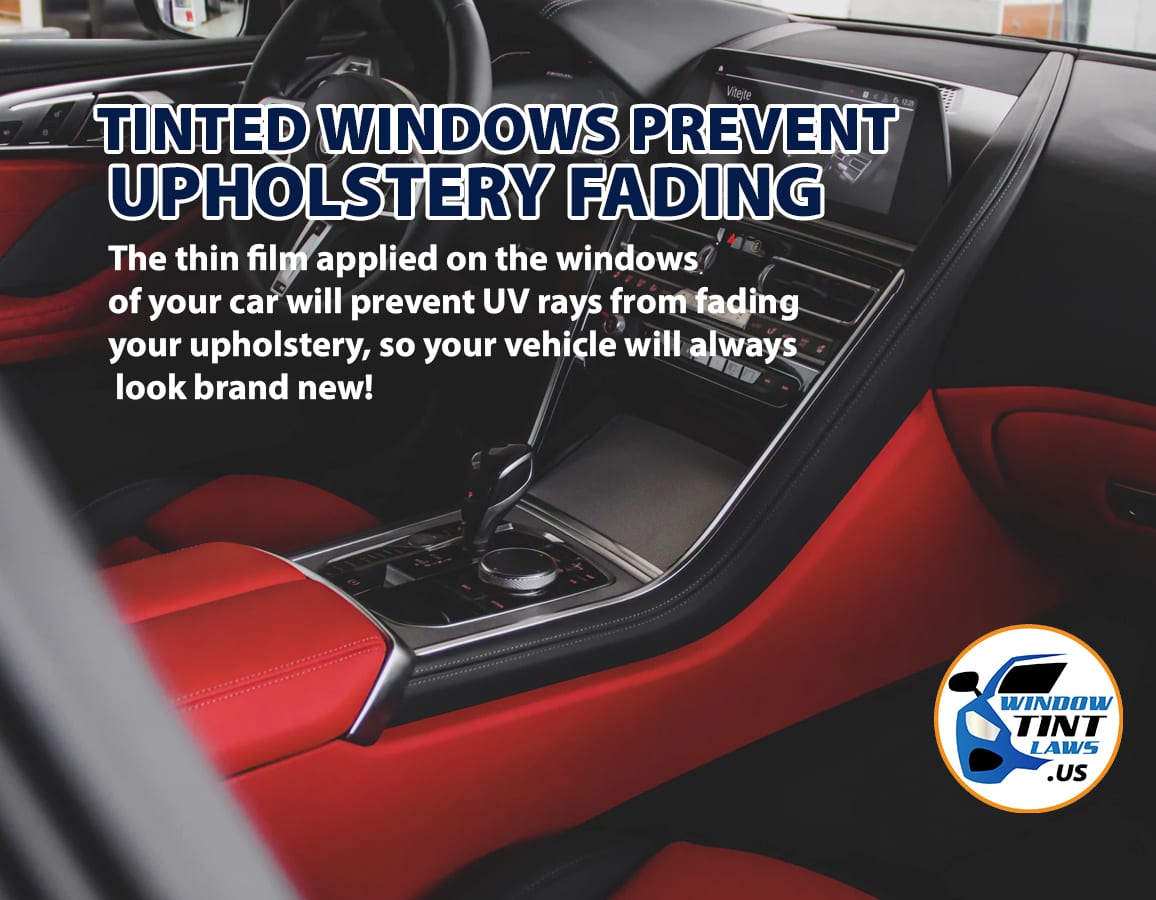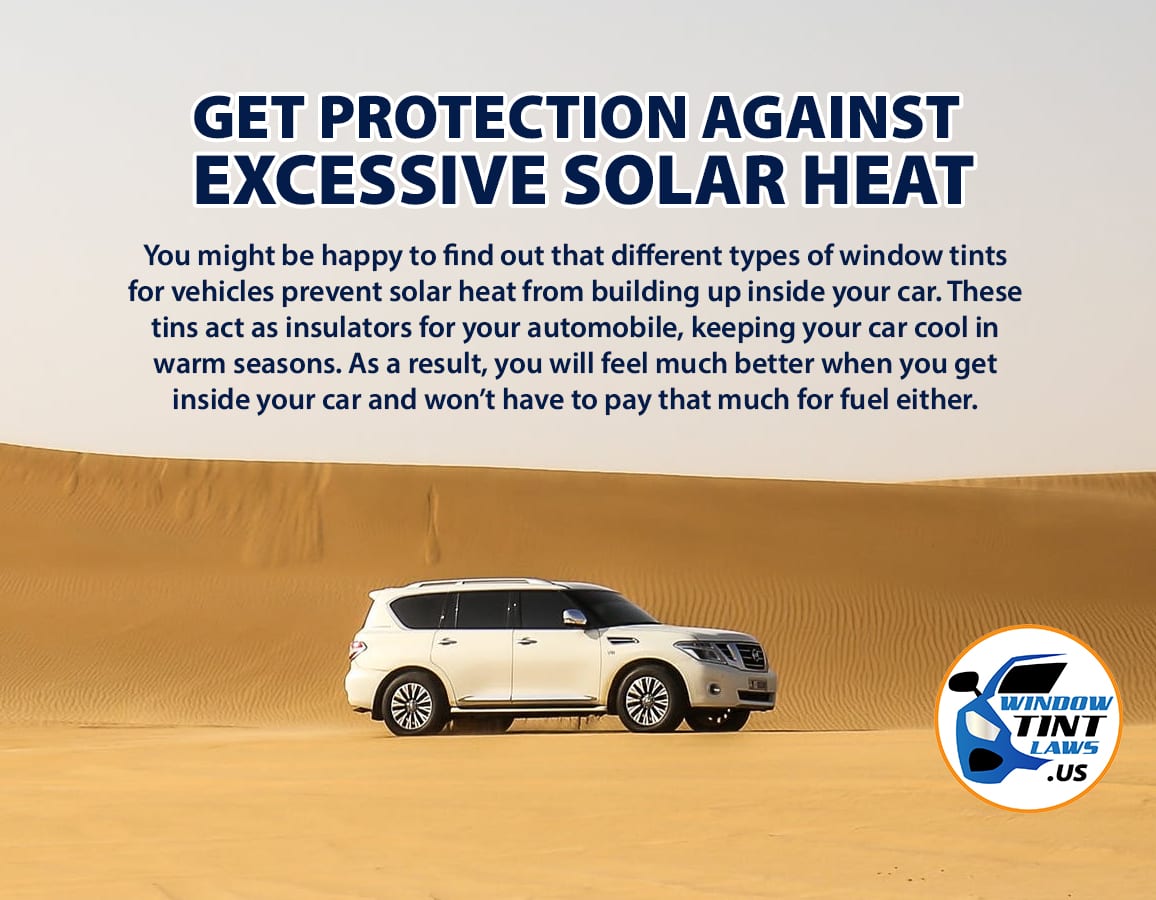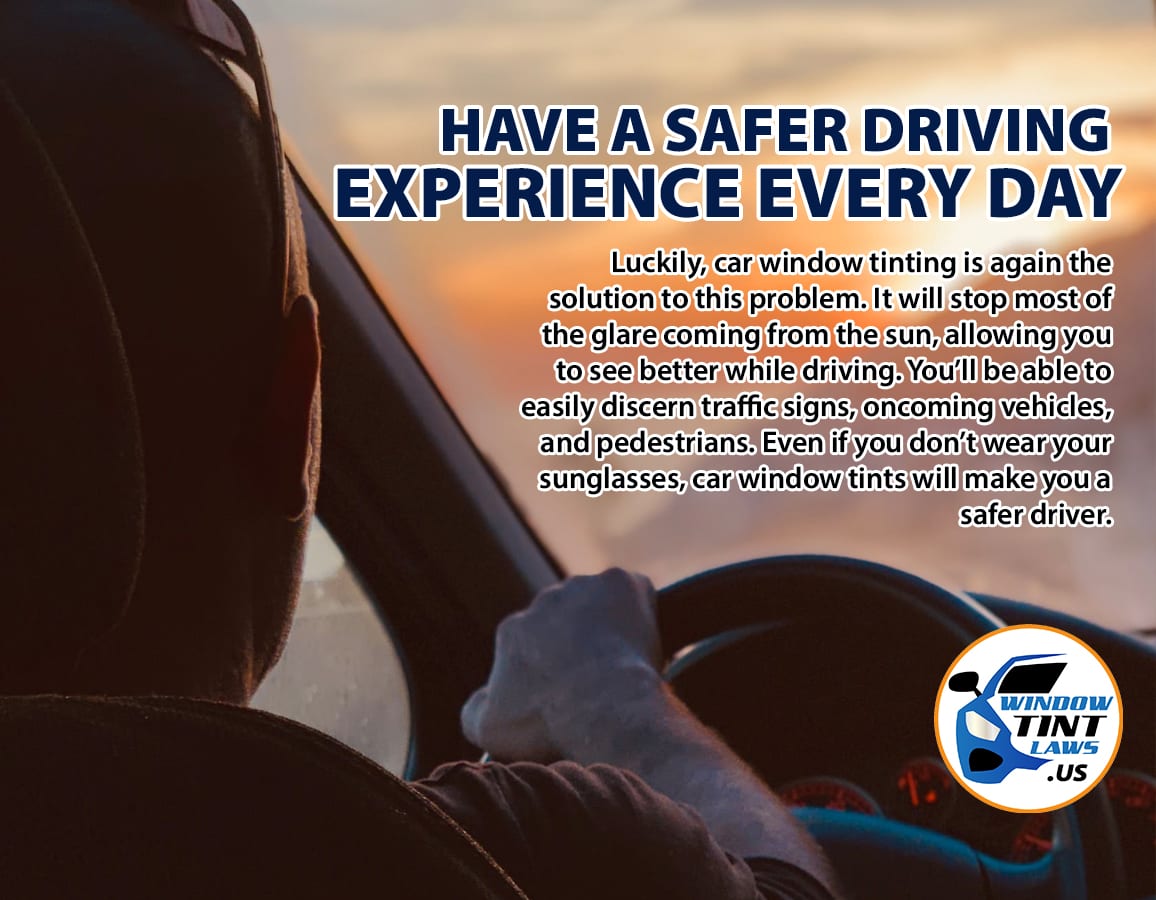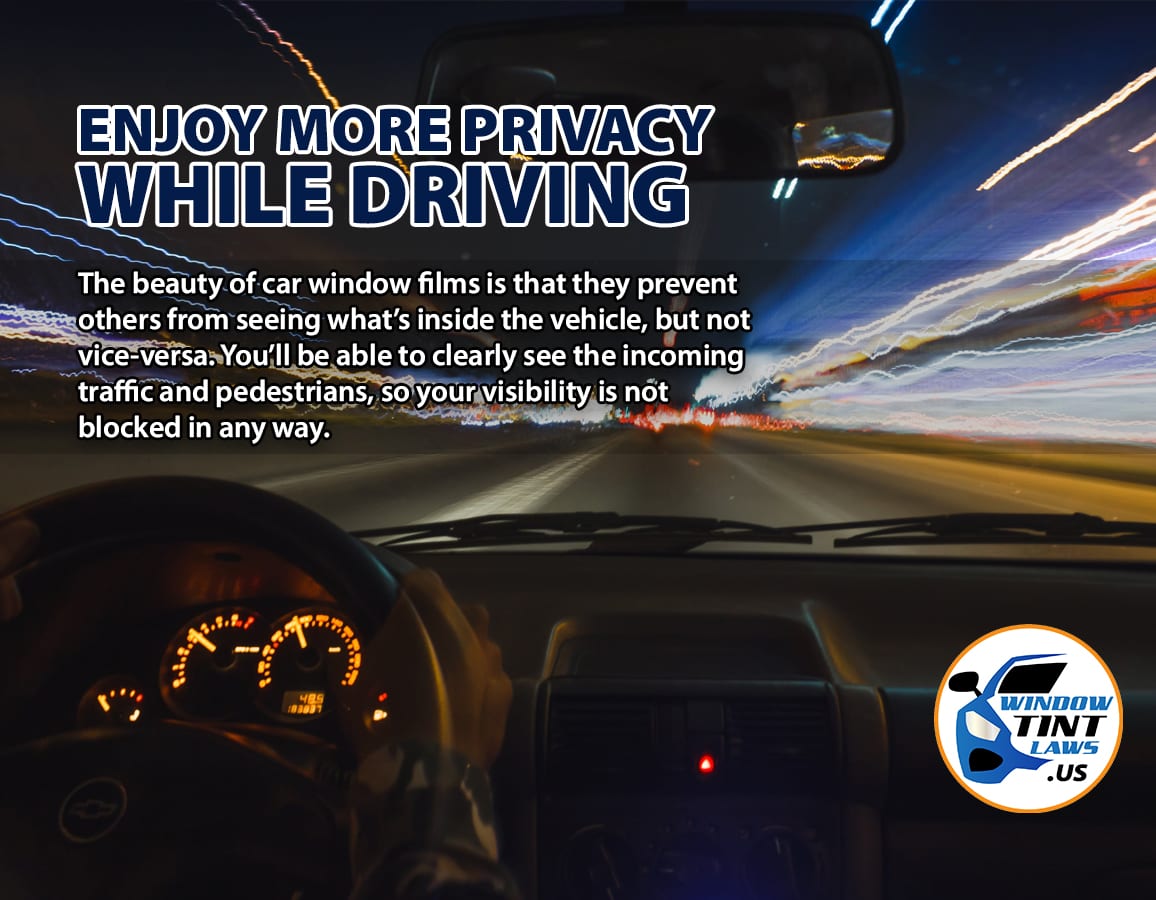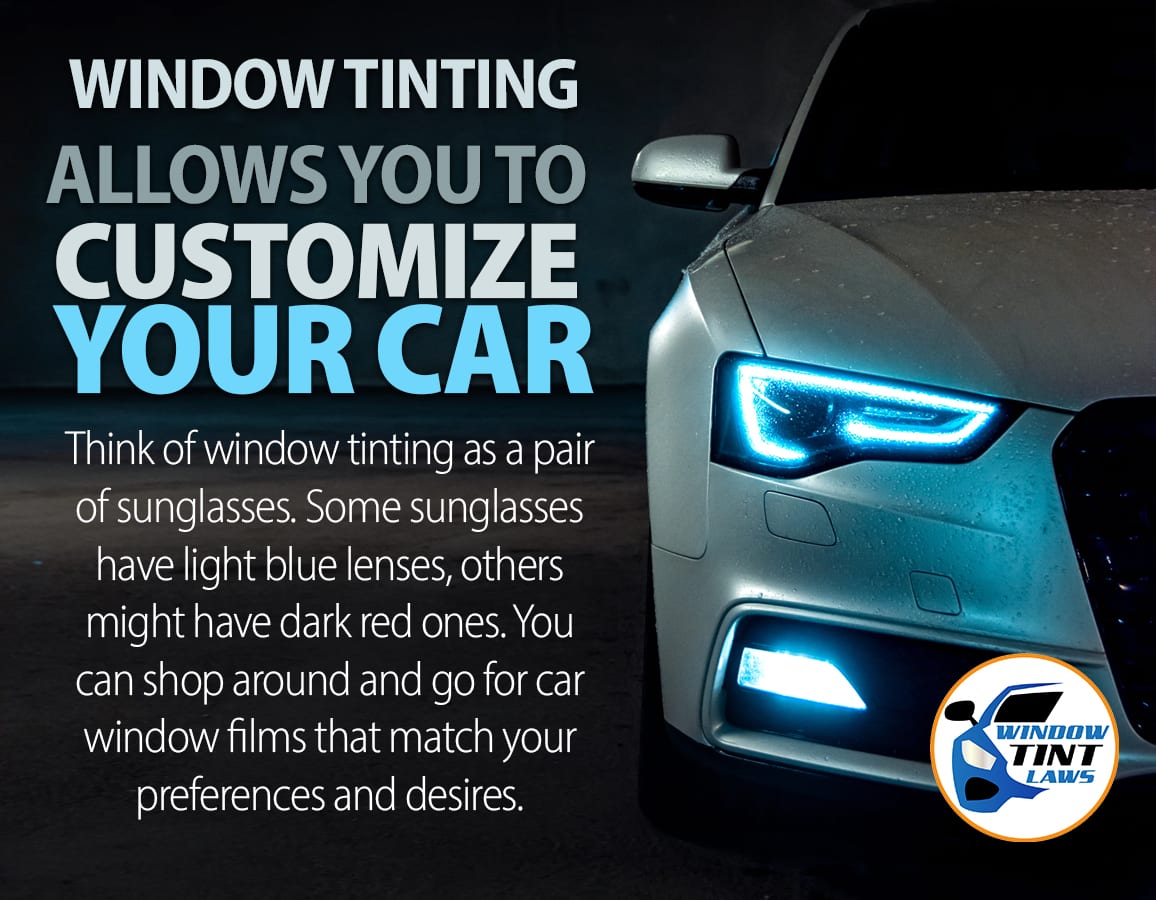Simple ways to remove window tint bubbles
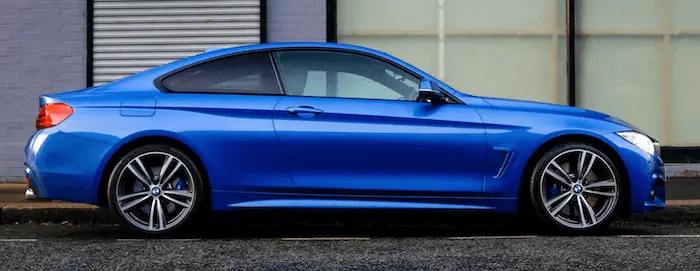
Bubbles are one of the biggest problems with tinted windows, but they’re also very common.
Even if you do your best to smooth out your window tint and apply it evenly, there’s a good chance you’ll end up with some air bubbles here and there.
The good news is, there are steps you can take to prevent and remove window tint bubbles.
My Window Tint Has Bubbles: What’s Going On?
If you have bubbles in your window tint, chances are something went awry when the tint was installed.
- Part of the window tint installation process is smoothing out the tint to make sure there are no bubbles.
- Not only does this make your tint look better, it also makes it easier to see out of your windows.
- There are ways to get rid of window tint air bubbles after your tint has already been installed.
However, your first priority should be trying to prevent those bubbles in the first place.
The better your tint is installed, the less you have to worry about having to spend money replacing it.
Preventing Window Tint Bubbles: Pro Tips
Here are 9 expert tips for removing annoying bubbles that can form under window tint film:
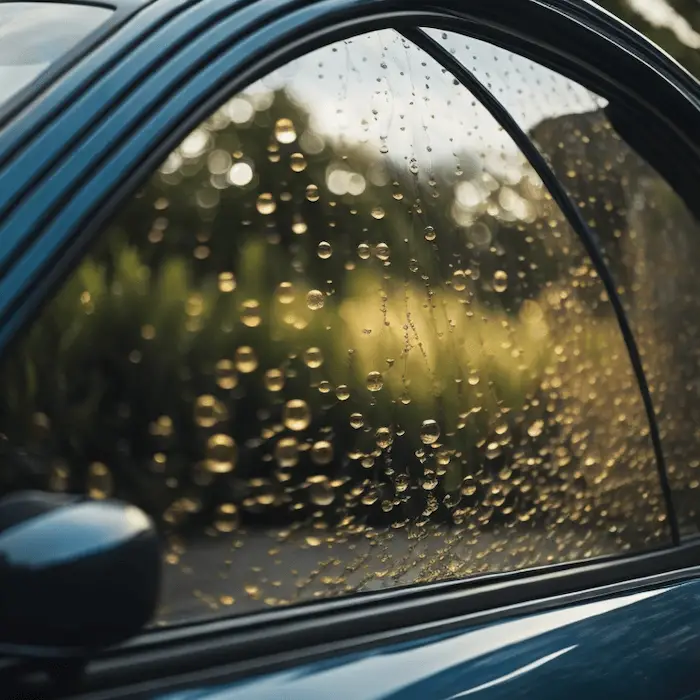
- Use a straight pin, needle, knife point, or squeegee edge to carefully puncture the bubble. Be gentle to avoid scratching the window underneath.
- Apply a drop of window tint solution around the pinhole to allow air to escape.
- Use your squeegee starting at the pinhole and working outwards to push the air and liquid out towards the edges.
- Go slowly and squeegee firmly to smooth the film back down flat against the window.
- For small micro-bubbles, puncture a few areas along the edge and squeegee the whole surface.
- Avoid over-saturating the area with a solution that can make more bubbles.
- Be patient and work incrementally to fully evacuate trapped air pockets.
- An older or poor-quality tint is more prone to bubbling. Re-application may be needed in severe cases.
- For new installations, take care to squeegee thoroughly during initial application to prevent bubbles from forming.
With some care and technique, you can successfully remove tint bubbles to achieve a flat, smooth finish.
Be cautious not to over-saturate or scratch the film. Seek professional help for extensive bubbling issues.
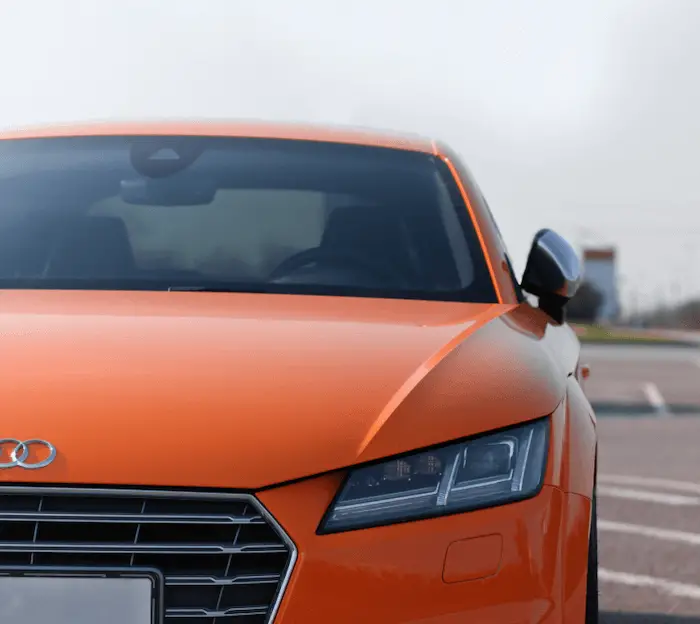
Preventing bubbles in your cars tinted windows starts with the installation process.
- However, there are other things you can do to help prevent bubbles and other window tint problems.
- The simplest way to prevent window tint bubbles is to have your tint installed by a professional.
- As tempting as DIY window tint installation can be, you shouldn’t do it if you don’t know what you’re doing.
- A professional can make sure your tint is completely smoothed out against the surface of your windows so there are no bubbles that can cause problems down the line.
- You can also prevent bubbles and other common window tint problems by preventing dirt and sun exposure.
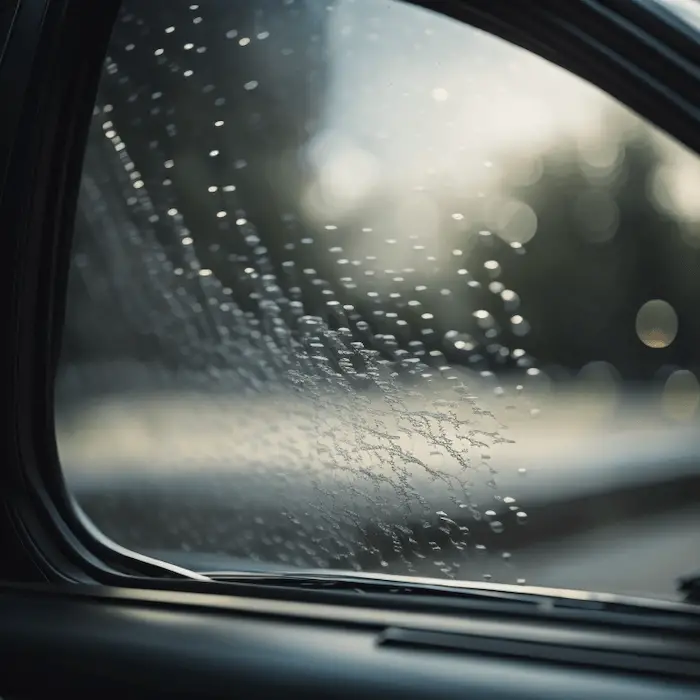
When dirt gets trapped in your tint, it can cause it to expand and form bubbles.
Extreme sun exposure may also cause your tint to bubble up a bit, which is a particularly big problem in warm areas.
You can solve both of these problems by keeping your car in a garage or another covered area when you aren’t driving.
Removing Window Tint Bubbles
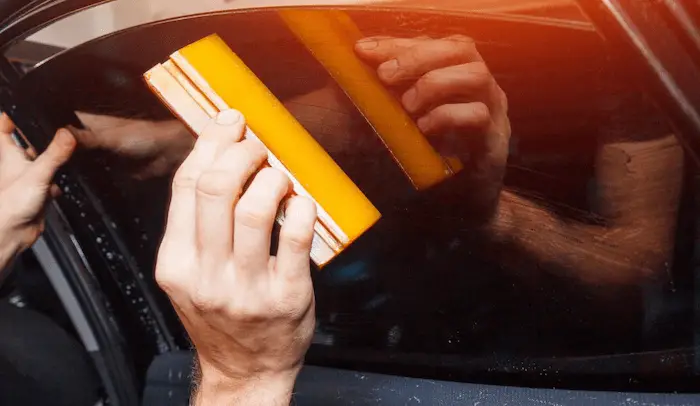
If you’ve already installed your window tint or had a window tint installer do it for you and there are air bubbles, you can still get rid of them.
There are a handful of simple tricks you can use to try to get rid of window tint bubbles, and pretty much anybody can perform them.
Heat
One of the best ways to get rid of bubbles in tinted windows is to apply a little bit of heat to the tint.
- Applying heat to window tint weakens the adhesive a little bit and thins it out, allowing it to spread evenly and form a better seal.
- The best part is, you can do this without any special tools or equipment.
Simply running a hair dryer or standard heat gun over the window film provides enough heat to help remove bubbles from your window tint when you use a squeegee to flatten it out.
A heat gun on medium heat is our recommendation, slowly move it back and forth over the tint until it softens.
Soapy Water
There are a lot of different causes of window tint bubbles, and a lack of flexibility in your window tint is one of them.
If your tint isn’t quite flexible enough to form a perfect seal on your window, you can remedy that with a little bit of soap and water.
You can clean your window tint before you apply it to make it more flexible, or you can clean it with some soap and bubbles after it’s already been applied to make it clear again and help remove some of the bubbles.
Removing Trapped Air
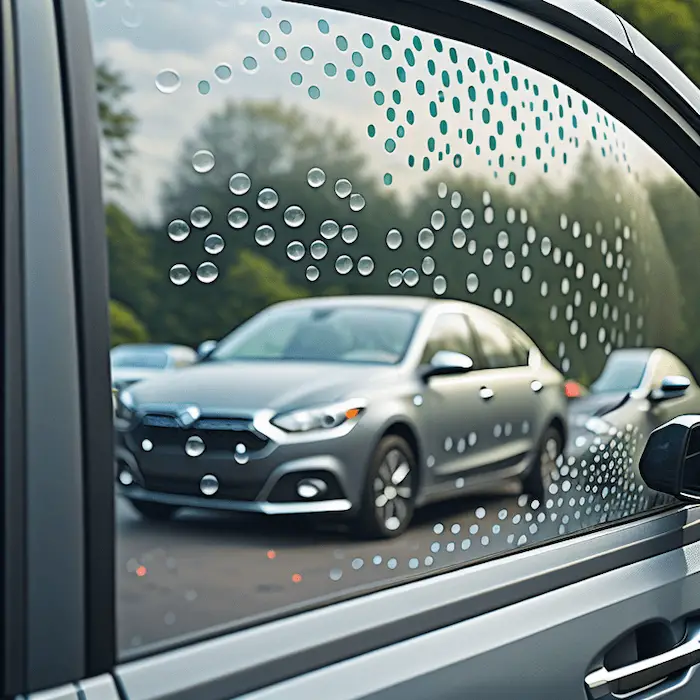
Sometimes window tint bubbles are a result of air that’s trapped underneath the window film.
- If this is the case, the best way to remove those bubbles is to remove the trapped air.
- This shouldn’t be your first resort, but you can remove window tint bubbles by popping them with a small pin to create a tiny hole let the air out, and allow the adhesive to stick evenly.
- Another way to handle this is by smoothing over the bubbles at a 45-degree angle with a squeegee (pro tip: you can also use a credit card to press out the tint bubbles).
If you can get the angle right, this will help reduce the air trapped in the tint.
Make sure you use the thinnest pin you can find so you aren’t leaving anything more than a tiny hole in your window tint.
Ironing Out Bubbles
Another option when it comes to removing window tint bubbles is ironing them out. It’s best to do this in combination with using a pin to create holes to remove air.
All you have to do is run your iron on a low setting to press the bubbles out of the tint and allow the adhesive to cleanly stick to your windows.
Try to get as the iron at a 45-degree angle as possible.
How To Fix Bubbles In Window Tint
The Bottom Line
As much of a problem as window tint bubbles can be, there are a lot of solutions to keep your window film looking great.
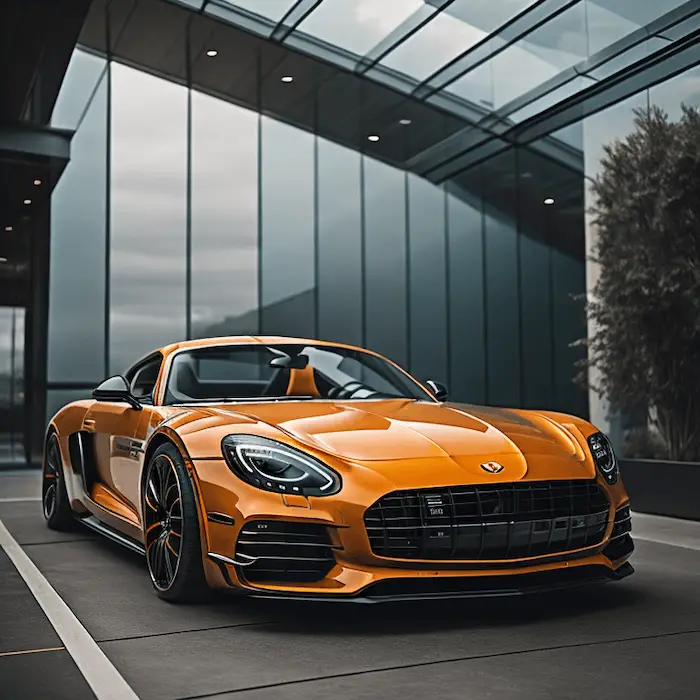
Soap and water is a great trick for solving air bubbles.
You should start by making sure your tint is installed by a professional window tinter. If you’ve got problems after your tint is installed, try some of these tricks and see if they get rid of the bubbles.
If you are preparing to tint your windows yourself, this guide covers a lot of the rookie mistakes to avoid.

